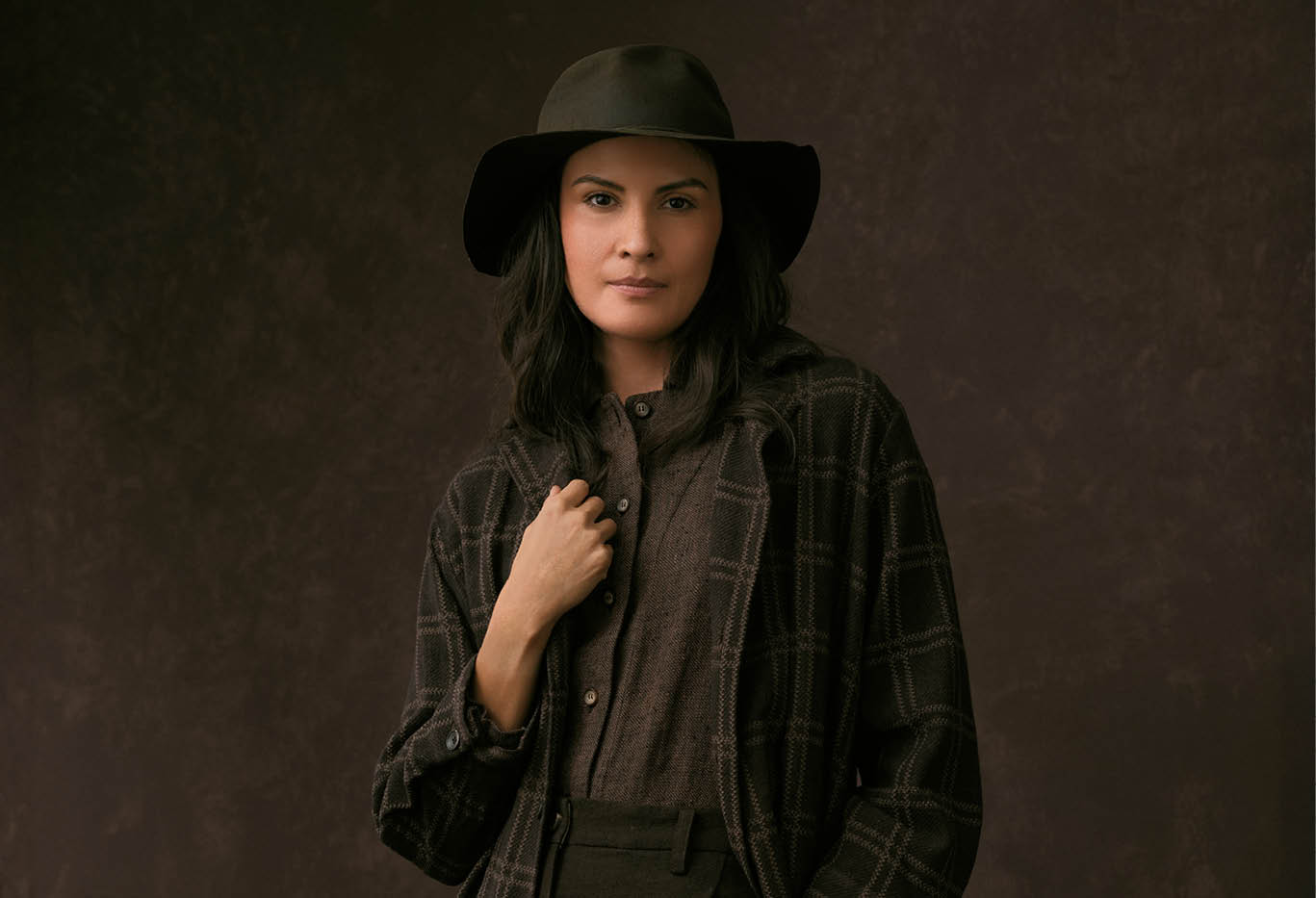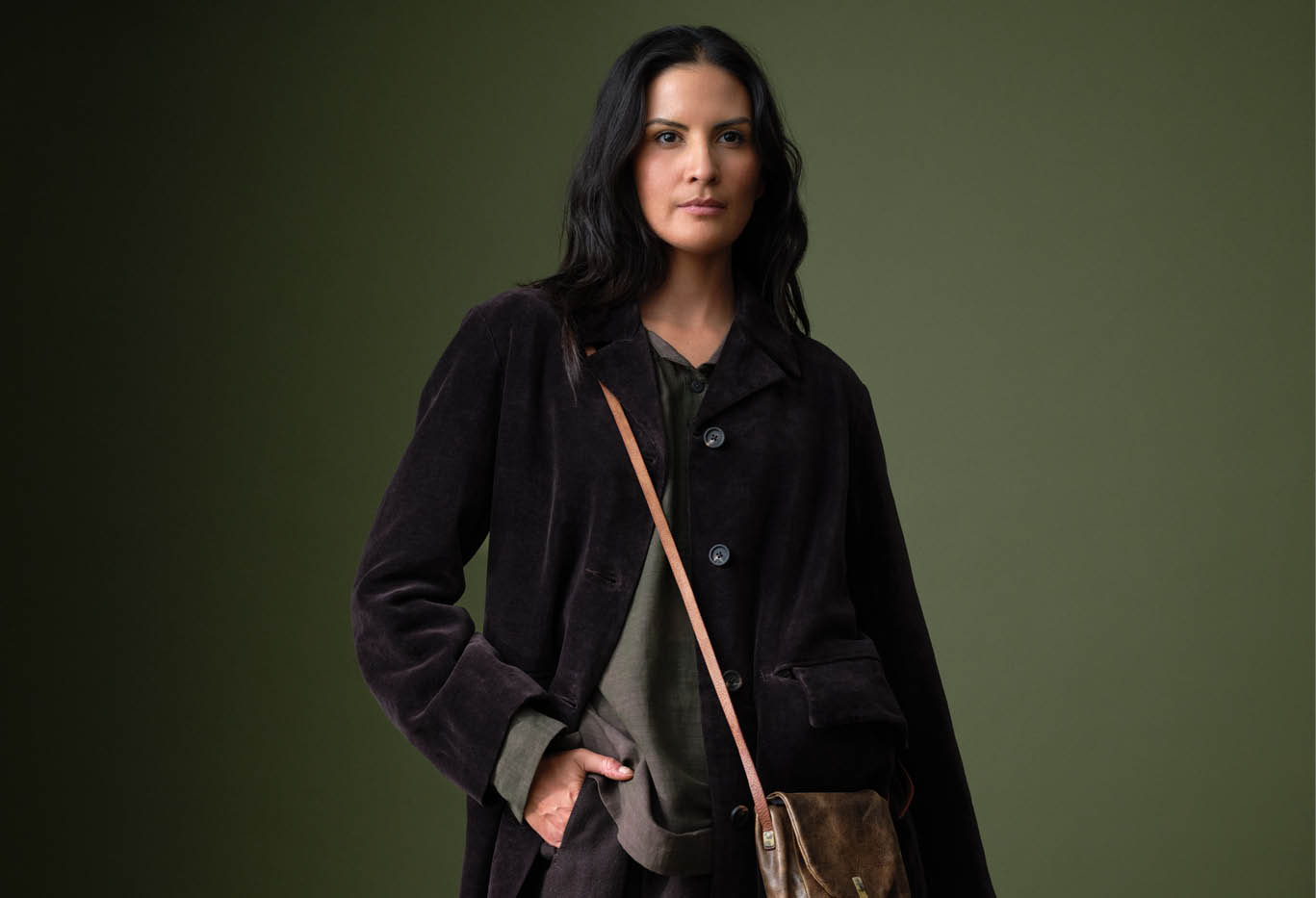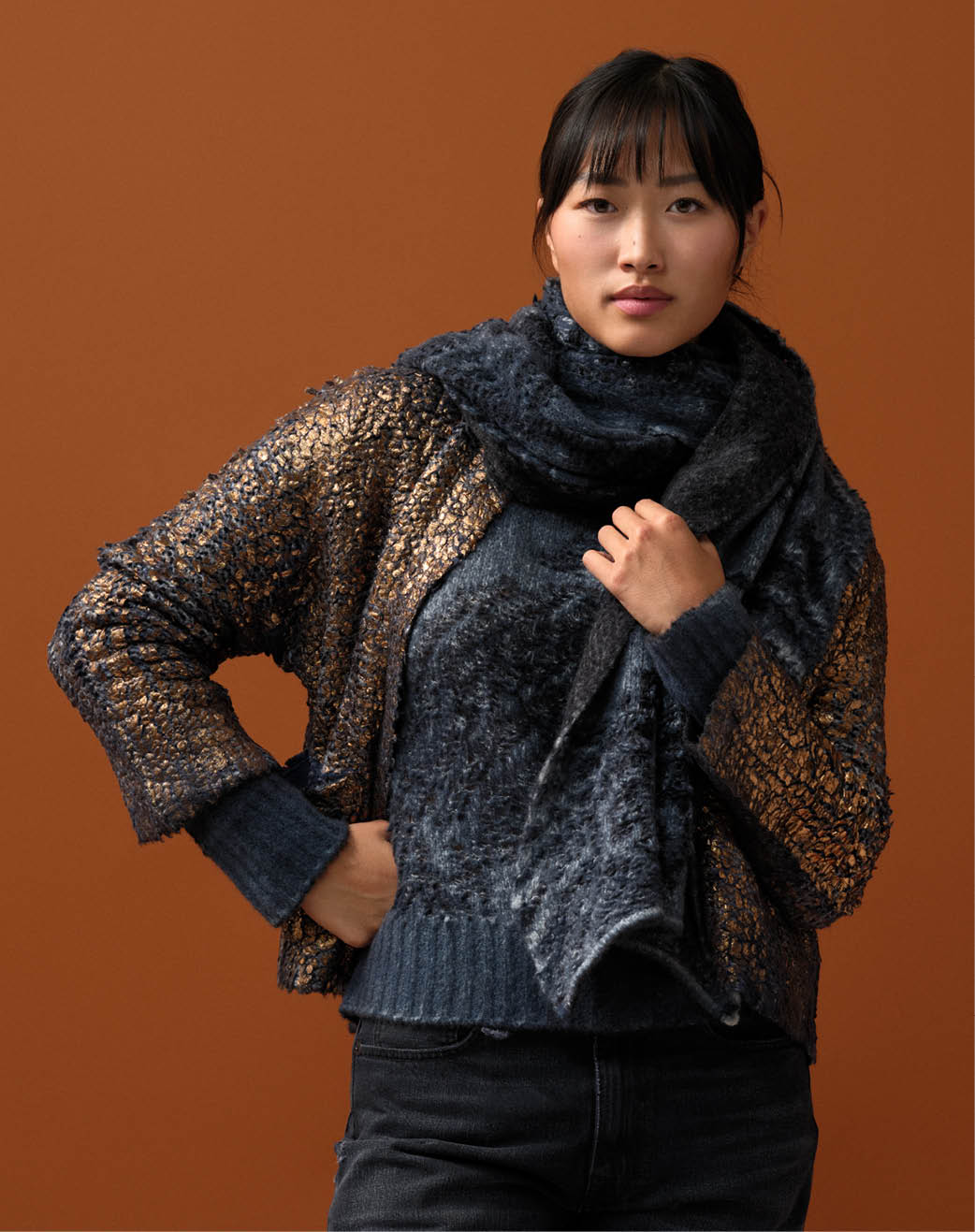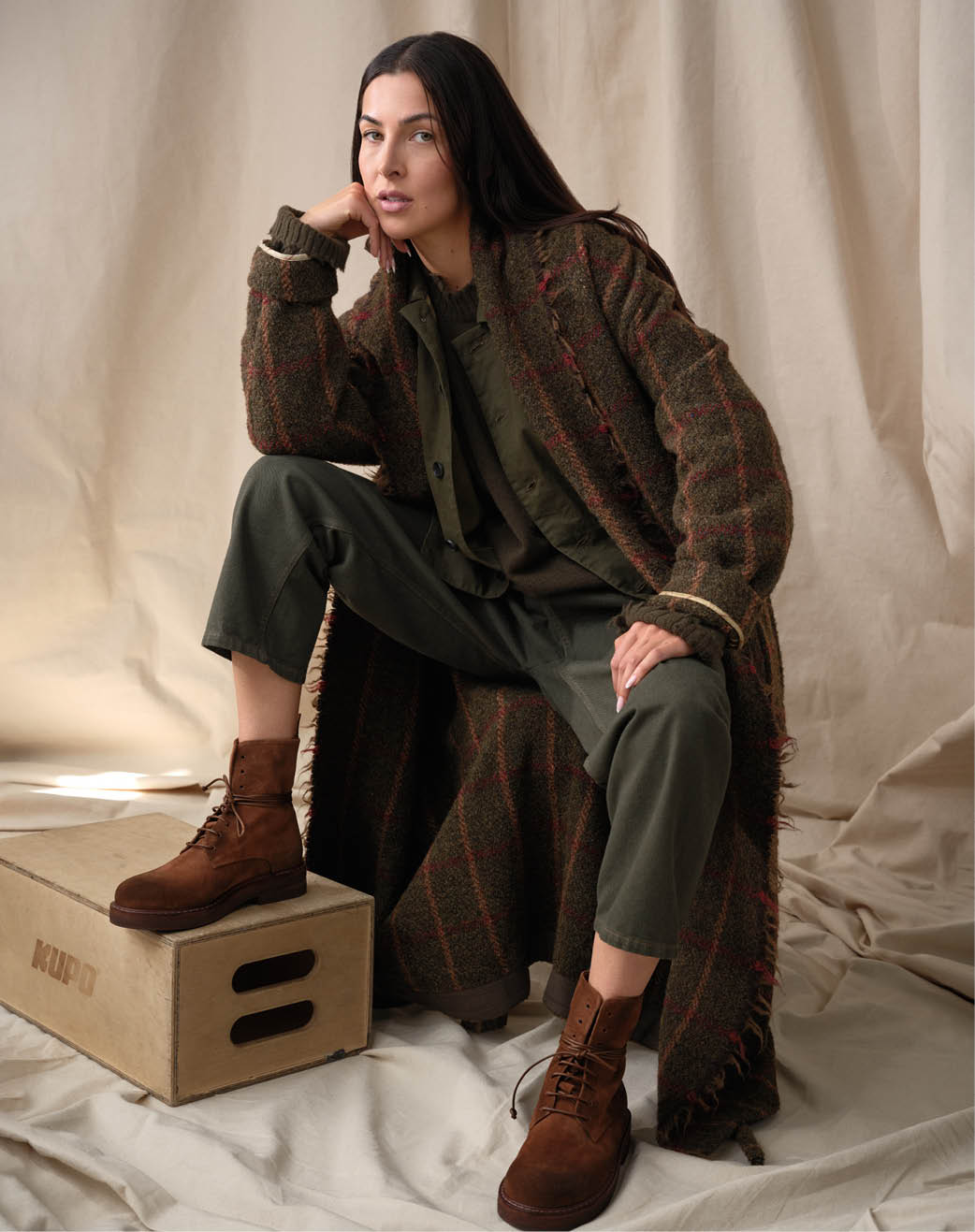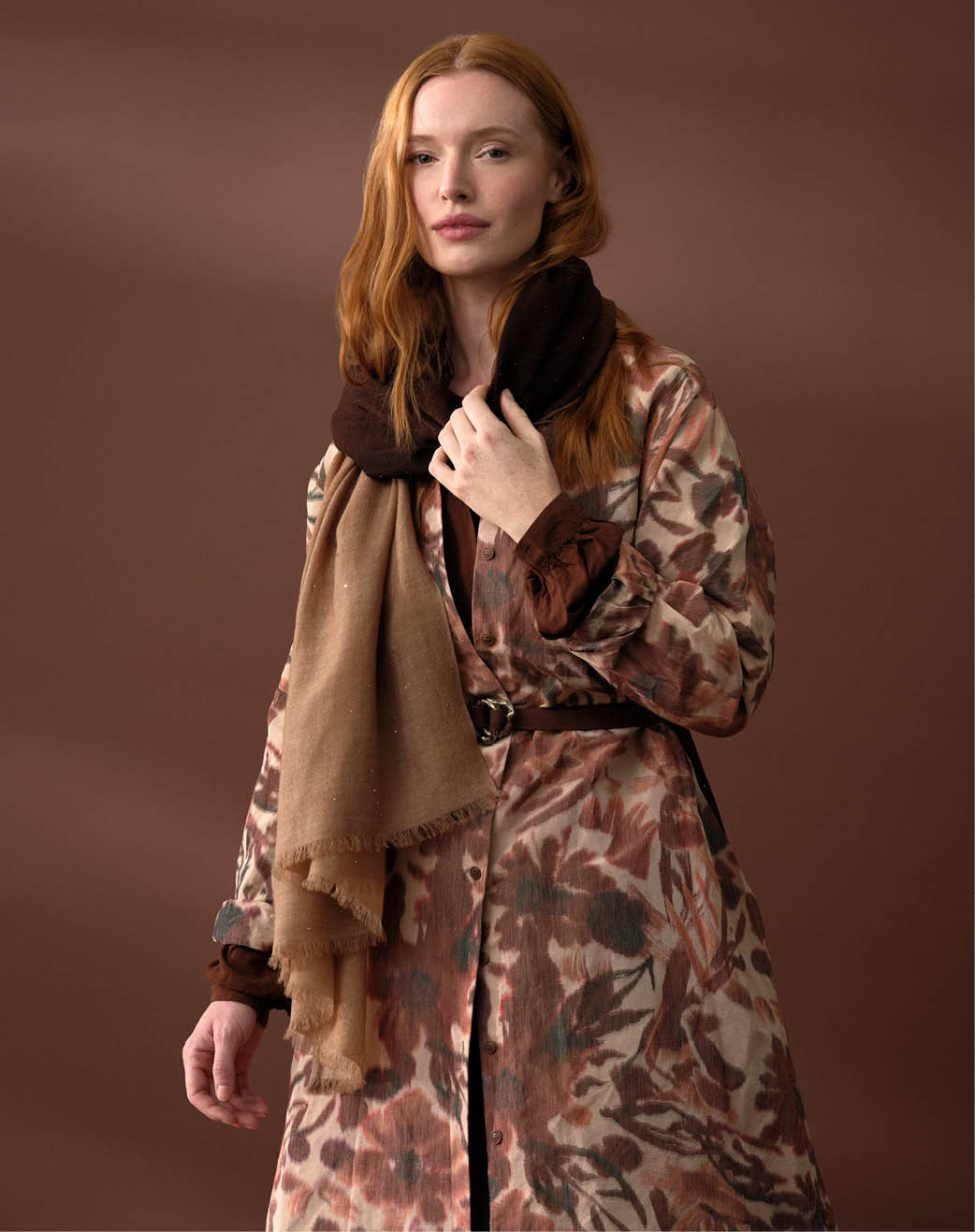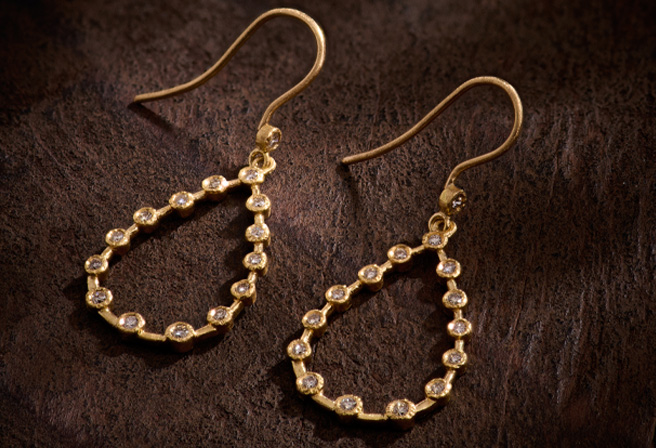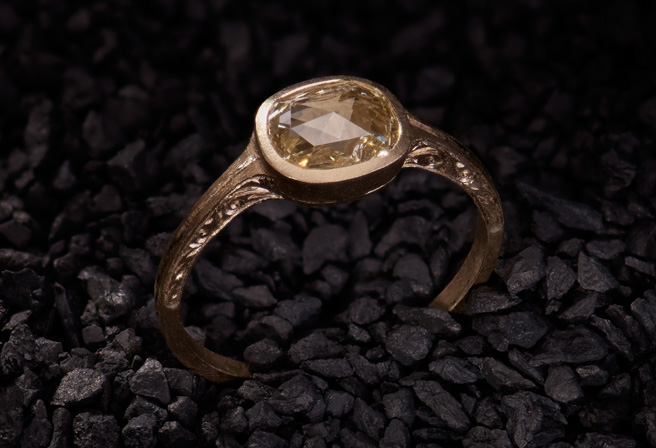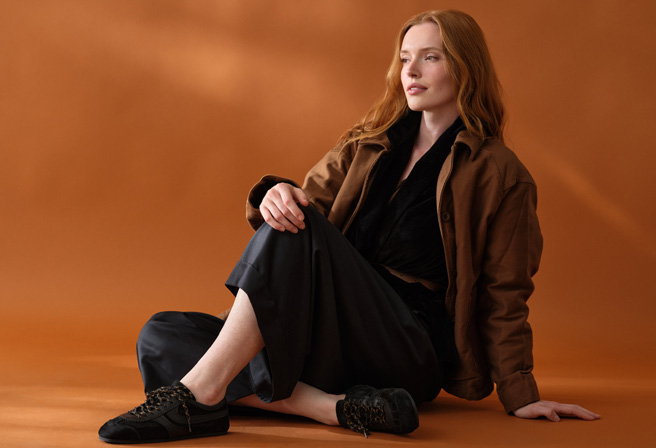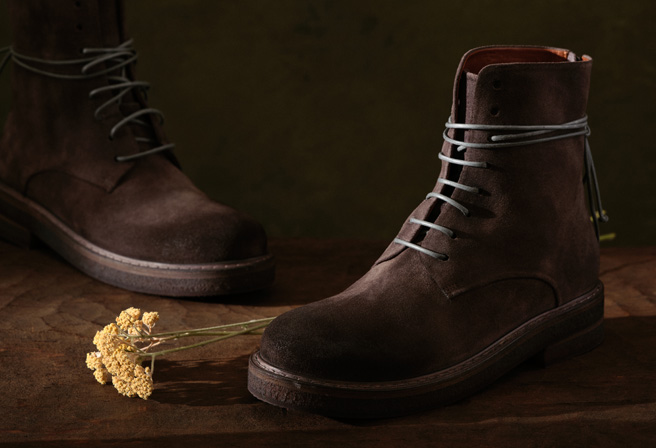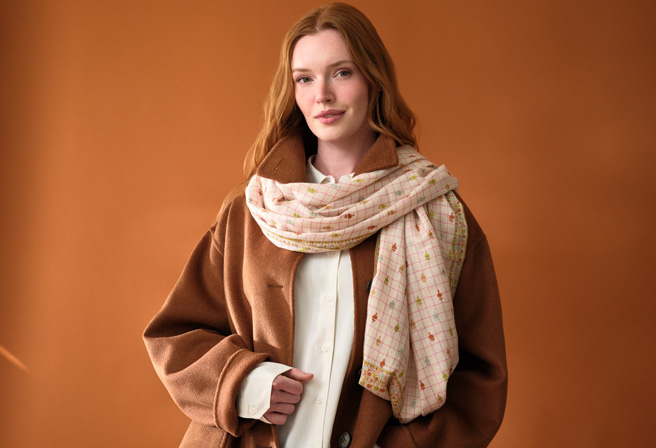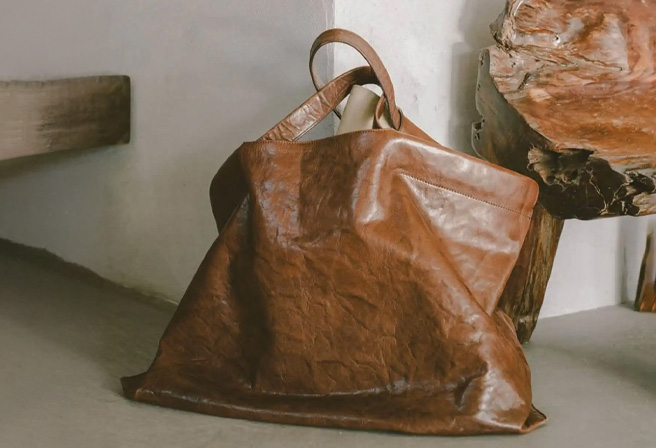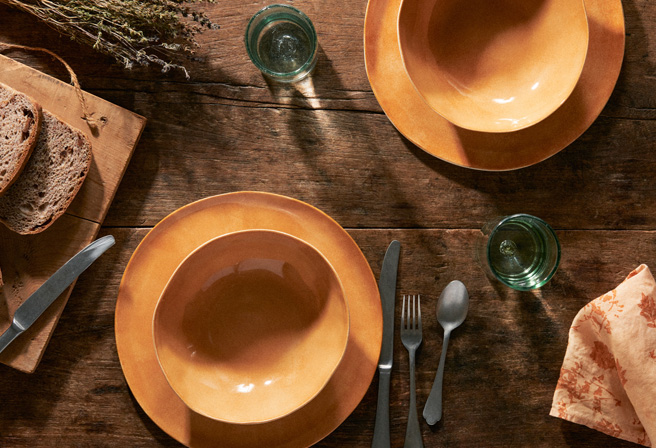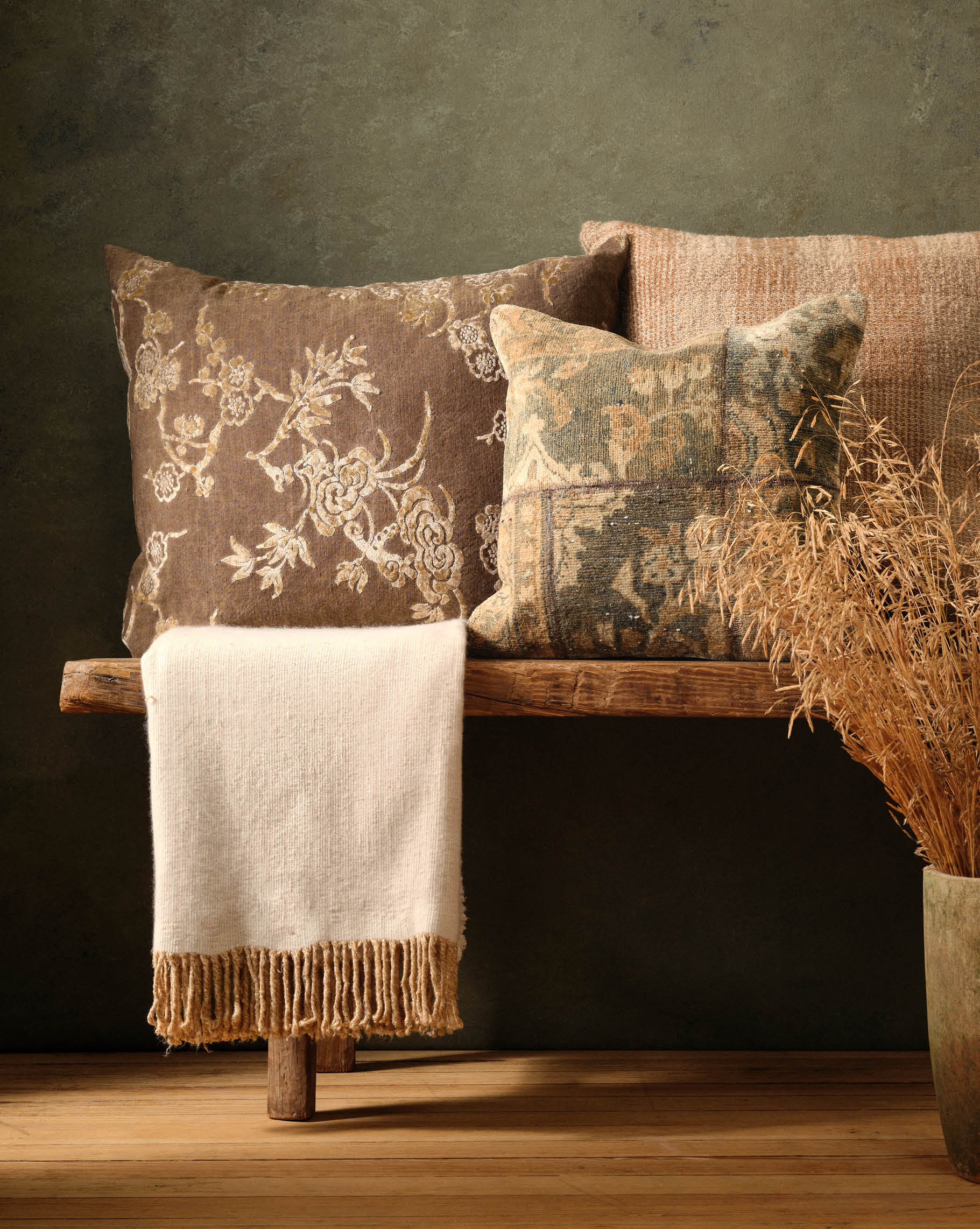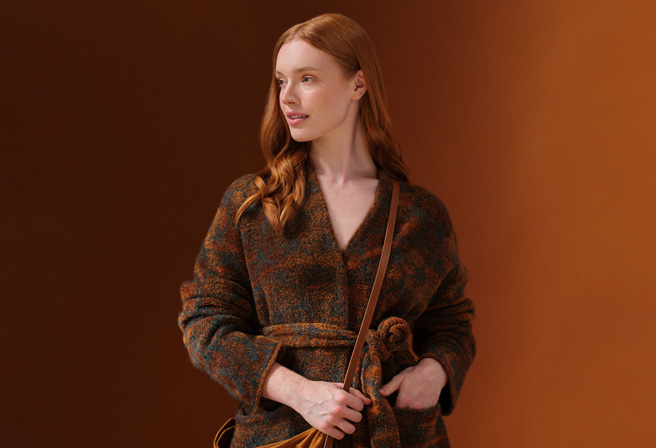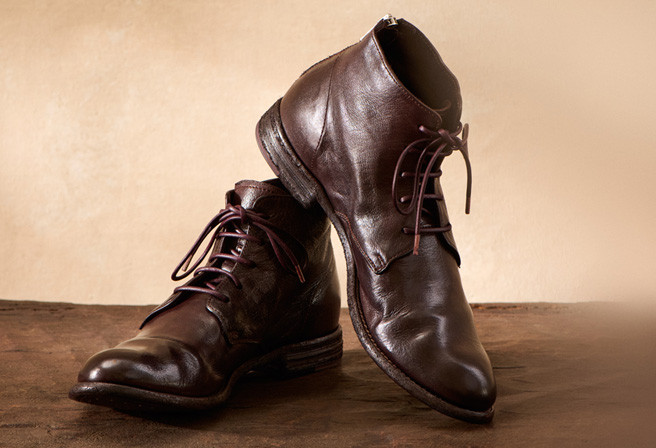Trippen was born during the sustainability movement in the early ’90s, and they have been making strides since, to create transparency in their process. For instance, recently they have been working on the creation of symbols that explain the details of every shoe. Although Trippen has been upfront about their process for years, consumers do not always read or research products before they purchase. They want to make this process more intuitive.

When they founded Trippen, Michael Oehler and Angela Spieth created prototypes with the idea that they could avoid the use of any glue. When everything was joined together mechanically, they found that it wasn’t practical because the shoes ended up requiring additional maintenance. It was still an important development because it led them to use water-based adhesive. Designer Claudia Hoess recalls the day Michael brought up the use of water-based glue, and how those involved in production feared it would hinder their process because water-based glue takes longer to dry – around 10-15 minutes. Michael convinced one woman to try it for a few months, and eventually, the material stuck. Now Trippen uses water-based glue exclusively, which is much less harmful to the environment.
In addition to using water-based adhesive, Trippen have been working with vegetable-tanned leather, rather than chromium-tanned. Although the process takes longer when vegetable-tanned leather is involved, the benefits outweigh the drawbacks. Not only is vegetable-tanned leather safer for sensitive skin, but it is also better from a sustainable and environmentally safe standpoint.
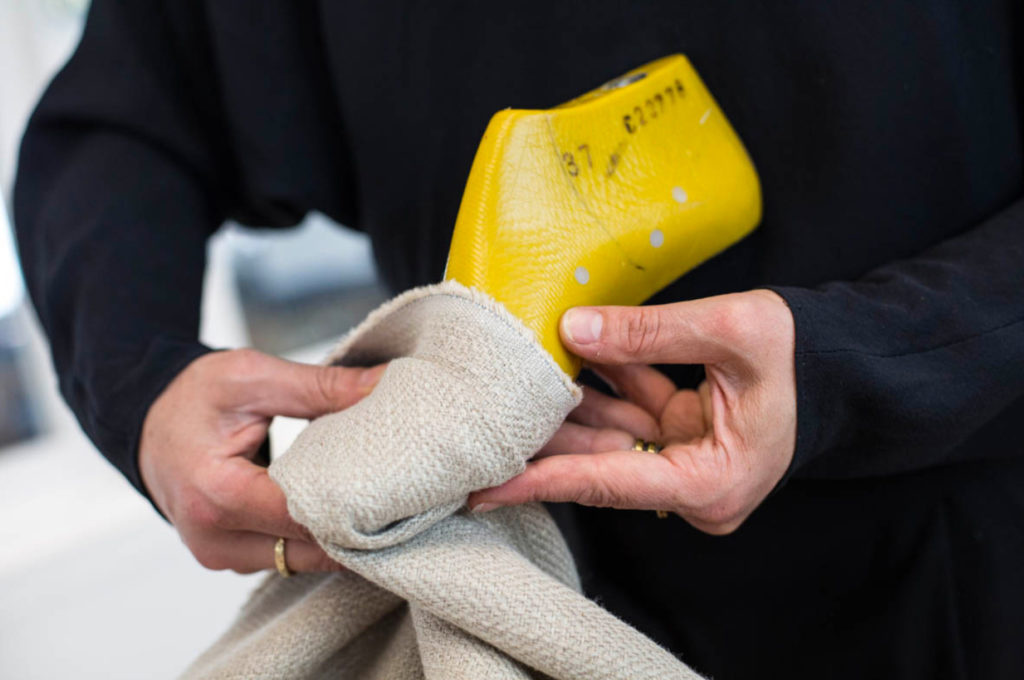
Although Trippen have been experimenting with vegan alternatives for leather and rubber, Michael has not found one that he thinks compares. They have been following the development of vegan and biodegradable materials for years, testing them with each of their shoes. Although they have yet to find a perfect fit, Michael says they are making progress and will present some ideas soon.
“The vegan shoe has a completely different approach. It feels strange to me because I have to change my thinking from not using leather and rubber. So far I have been designing in a way that pays a lot of attention to durability considerations. This is more like creating a holy shoe, where I focus only on using vegan materials.”
Above all at Trippen, the four pillars of their brand are design, ecology, social responsibility and the customer. By taking each of these things into consideration, they are able to continually produce better shoes. Claudia joined not long after the company started and began by learning how to make shoes with Michael, gradually becoming more involved. Now the two work in tandem, in a process that complements one another’s creative strengths. Typically, Michael comes up with sustainable, environmentally conscious and functional improvements, while Claudia creates the design that follows suit. In other words as their mantra states: design follows function.
